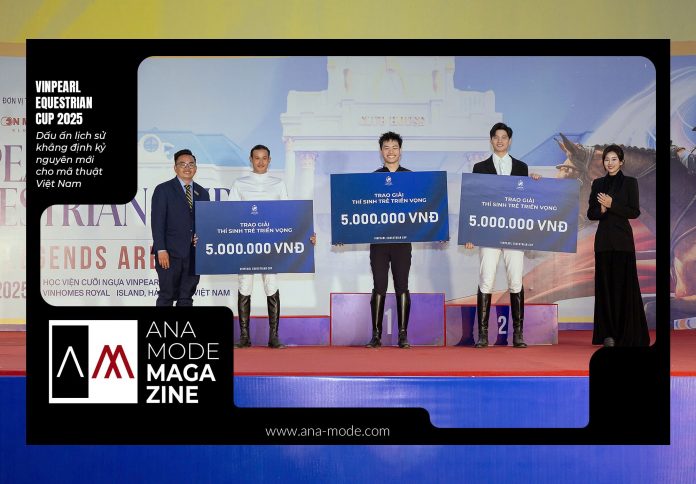The rapid advancement of generative Artificial Intelligence (AI) has placed the integrity of traditional education under unprecedented stress. As AI tools effortlessly produce photorealistic images and sophisticated written assignments, the conventional assessment model—reliant primarily on written work—is collapsing. This pivotal moment demands a fundamental shift in pedagogy: educators must pivot from merely teaching students how to write to teaching them how to see and to critically evaluate machine-generated content. Furthermore, to authenticate a student’s true understanding and reasoning, institutions are finding it necessary to revive the practice of Interactive Oral Assessments (IOAs). This dual focus on visual-multimodal literacy and real-time verbal assessment is crucial for maintaining academic credibility and preparing students for a future where human skills lie in critical synthesis and nuanced communication, not automated content generation.
The AI Crisis of Written Assessment and Authenticity
The introduction of powerful, free-to-access AI chatbots has severely compromised the reliability of the traditional essay and report format. For decades, these written assignments served as the gold standard for measuring a student’s capacity for complex analysis, argumentation, and communication. Today, a machine can generate a plausible, well-structured essay in seconds, making it nearly impossible for educators to definitively determine the authorship.

This challenge has rendered conventional plagiarism and AI detection software unreliable. Such tools frequently produce false positives or negatives, shifting the burden of proof unfairly onto the student and eroding academic trust. The solution is not to double down on complex detection software, but to move beyond the easily outsourced written product. Educational institutions must now prioritize assessment methods that directly engage the student’s internal process of thinking and reasoning, skills that AI cannot replicate.
Reviving the Interactive Oral Assessment (IOA) Model
In response to the crisis of detectability, the Interactive Oral Assessment (IOA) is emerging as a powerful, authentic solution. An IOA is a structured, real-time conversation between a student and an instructor about their work, their reasoning, or a related topic. Unlike a written submission, this format makes cheating via a chatbot practically impossible.

IOAs are effective because they are tailored, spontaneous, and probing. A machine can produce text, but it cannot engage in and sustain a nuanced dialogue, defend a specific line of reasoning, or respond creatively to an unexpected question from the examiner. Pilot studies have shown that this dialogue process reveals what students actually understand, rather than what they could memorize or outsource. By moving from writing to talking, education can ensure it is certifying a student’s genuine comprehension and critical facility.
The Urgent Educational Shift to Visual Literacy
Beyond textual integrity, generative AI presents an equally profound challenge in the visual domain. AI tools can now create photorealistic images of people, events, or scenes that have never existed, fundamentally challenging the long-held assumption that a photograph is a mirror of reality. Education must therefore urgently shift focus from mere writing literacy to visual literacy and broader multimodal literacies.
Visual literacy equips students with the skills to critically assess, understand, and construct meaning from images in an age of pervasive digital manipulation. This includes recognizing the “constructed nature” of all media, understanding how an image’s authenticity is being disrupted, and discerning machine-generated flaws like generic content or distorted details. This new literacy is a form of cognitive defense, essential for navigating a media landscape where fact and highly convincing fabrication are often indistinguishable.
Teaching the New Literacies of AI Co-Creation
True AI literacy is not just about detection; it is about intentional and ethical co-creation. The process of generating an image or text with AI requires new skills that cut across written and visual modes, known as multimodal literacies. A key skill is prompt engineering—the ability to use precise, specific language to guide the AI toward a desired, nuanced outcome.

Without specific prompts, AI often relies on its training data and produces stereotypical or culturally generic representations. By teaching students how to formulate detailed prompts, educators empower them to imprint human values and specific cultural context onto the machine’s output. Furthermore, students must learn the crucial ethical competency of discerning when to use AI and when human-driven refinement is necessary to ensure the content is authentic and fit for purpose.
Skepticism Over the Hasty Global AI Testing Mandate
The global push by the OECD to implement an AI Literacy test in the 2029 Programme for International Student Assessment (PISA) faces justified skepticism from many academics. The central concern is that this rapid mandate risks prioritizing measurement over genuine educational insight. The proposed framework, which divides AI literacy into four competency areas (engaging, creating, managing, designing), is criticized for being ill-defined and premature given the technology’s rapid evolution.

More critically, this push for a global metric risks becoming a political tool that normalizes and promotes the business models of the AI industry. It draws focus away from profound ethical and social questions and toward a simplified, measurable concept of ‘competency’. Furthermore, the draft framework heavily marginalizes the role of teachers, mentioning them sparsely while focusing overwhelmingly on the technology and the learner. This effectively removes the crucial human mediator needed to teach the complex critical thinking required to navigate AI’s societal impact.
The Future of Education: Human Skill and Criticality
The challenge of AI is not a moment for schools to revert to technological isolation; rather, it is an opportunity to recenter education on uniquely human skills. The combination of mandatory, real-time oral assessments and a curriculum focused on multimodal visual and ethical literacy offers a powerful path forward.
By shifting assessment to the spoken word and prioritizing critical evaluation of AI-generated content, educational institutions can ensure that their degrees certify a student’s internal reasoning, adaptability, and complex communication—the very attributes that machines cannot yet replicate. The future of a credible, relevant education lies in fostering the human capacity for critical judgment, intellectual agility, and ethical use of powerful new tools.










